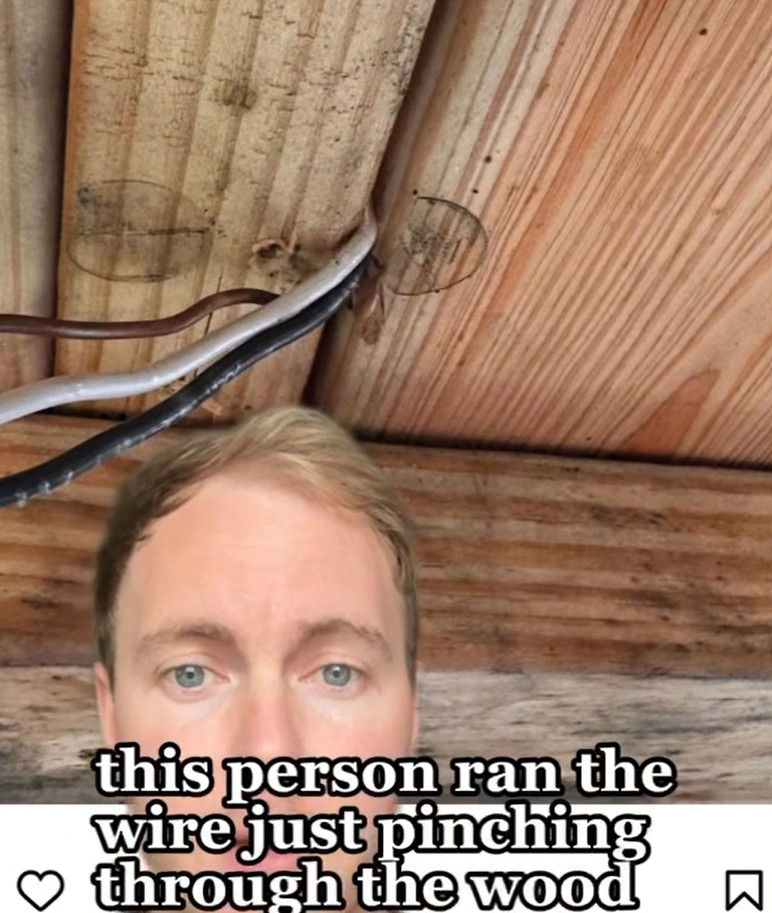Top 5 Handyman Electrical Mistakes (and How to Avoid Them)
- Gloudeman Electric

- Jun 19, 2025
- 2 min read
When it comes to home projects, handymen can be great for small repairs and general fixes. But when the job involves your electrical system, cutting corners can create serious safety hazards. At Gloudeman Electric, we’ve seen firsthand how unqualified electrical work leads to bigger problems down the road.
Here are the Top 5 Handyman Electrical Mistakes we come across most often—and why they put your home at risk.
1. Leaving Panels Uncovered

In one home, a handyman installed a mini split system and left the electrical panel completely uncovered. Not only does this look unfinished, but it exposes live electrical parts that could shock anyone who touches them. Panels are designed with covers for a reason: to keep you safe.
2. Using the Wrong Wire Outdoors
We frequently see indoor Romex wire strung across exterior walls. Romex is not rated for outdoor use—sun, rain, and heat break it down over time, causing the insulation to crack.

Once that wire is compromised, it becomes a major fire hazard. Outdoor wiring requires special materials designed to handle the elements.
3. Open Splices and Makeshift Connections
One of the most dangerous mistakes is leaving open wire splices in an attic or crawlspace. We’ve even seen wires “connected” with nothing more than alligator clips. These are live, energized connections that can easily spark a fire if disturbed. Every splice should be properly enclosed in an approved junction box with a cover.

4. Running Wires Without Protection
Sometimes wires are simply pinched through wood framing with no electrical box, conduit, or protection. This damages the insulation and leaves the wire vulnerable to overheating or being cut by sharp edges. Electrical boxes and protective fittings aren’t optional—they’re essential for keeping wires safe and secure.
5. Ignoring Water Issues
We’ve seen ceiling fans that filled with water every time it rained because of improper installation. Instead of solving the root electrical problem, the homeowner ended up replacing fan after fan. Water and electricity are a dangerous combination, and shortcuts in sealing or

wiring outdoor fixtures can lead to repeated failures—or worse.
Why These Mistakes Matter
All of these problems have one thing in common: exposed or unprotected wiring. Electrical code is designed to prevent exactly these kinds of hazards. When wires aren’t properly protected, they can overheat, spark, or ignite nearby materials. Even a small nick in insulation can put your home at risk.
The Takeaway
Handymen can do great work for painting, carpentry, or general repairs—but electrical projects should always be handled by a licensed electrician. At Gloudeman Electric, we make sure your system is safe, code-compliant, and built to last.
If you’re unsure about past electrical work in your home, or you’re planning a new project, give us a call. We’ll make sure the job is done right—the first time.








Comments